
Hanging tenderloin, also referred to as hanger steak or butcher's steak, is a large, flat cut of beef that is both flavorful and chewy when cooked many ways--but only if prepared correctly. The hanging tenderloin is a connective muscle that connects the the last rib and spine to the diaphragm of the cow. The meat is coarse and grainy, and it has a strong "beefy" flavor because hanging tenderloin comes from near the kidney area of the cow, which imparts a gentle offal-like taste.
Remove the thick membrane running through the center of the steak if desired. This will divide the hanging tenderloin into two smaller cuts. If eaters don't mind the soft gristle, leaving the thick membrane intact will make it easier to cook the meat to a medium to medium-rare temperature.
Fill a resealable bag or large bowl with marinade. Soy, teriyaki and dijon-based marinades are common choices with steak, but any marinade will serve to soften the natural coarseness of hanging tenderloin.
Submerge the steak fully into the marinade, and then place the bag or bowl in the refrigerator. Allow the steak to marinade for a minimum of 2 to 3 hours. Many people let steak marinade overnight to impart maximum flavor and texture.
Remove the hanging tenderloin from the marinade. Add salt and pepper to taste.
Cook the steak as desired. Dry heat methods such as grilling or broiling are often used. Avoid overcooking or undercooking the steak. Medium to medium-rare temperature is preferred as it will give the steak a soft, chewy texture while medium-well or higher temperatures make the meat tough. Cooking the hanging tenderloin only until rare leaves much of the cut's natural coarseness.
Serve the hanging tenderloin. Slice thinly and along the grain to minimize chewiness.
Related Articles

How to Trim and Tie a Beef Tenderloin

How to Make a Blackbuck Antelope Roast
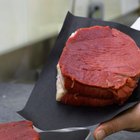
How to Slice Round Steak for Jerky
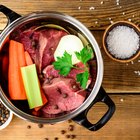
How to Slow Cook a Pot Roast With Beef ...
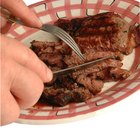
How to Cook Dry Aged Steak

How to Cook Buffalo Fillet
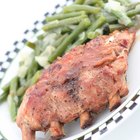
How to BBQ Ribs on a Smoker
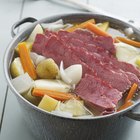
How to Cook a Large Amount of Corned ...

How to Make a Juicy Pork Tenderloin
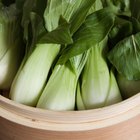
How to Steam Cook Cabbage
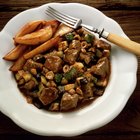
How to Cook Lamb Shanks in a Slow Cooker
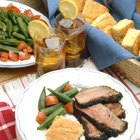
How to Cook London Broil

Leftover Filet Mignon Ideas
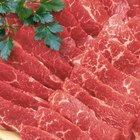
Do You Need to Marinate Flat Iron Steak ...

How to Cook Yak
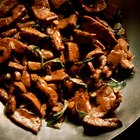
How to Cook Lamb's Fry
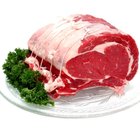
How to Marinate a Top Round Roast

How Long Do I Soak Lamb in Vinegar ...
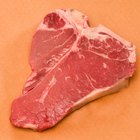
How to Score a Steak

How to Cook 5 Lbs. of Beef Tenderloin
References
Writer Bio
Brad Chacos started writing professionally in 2005, specializing in electronics and technology. His work has appeared in Salon.com, Gizmodo, "PC Gamer," "Maximum PC," CIO.com, DigitalTrends.com, "Wired," FoxNews.com, NBCNews.com and more. Chacos is a frequent contributor to "PCWorld," "Laptop Magazine" and the Intuit Small Business Blog.
Photo Credits
tenderloin image by sumos from Fotolia.com